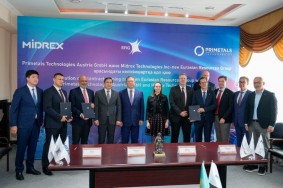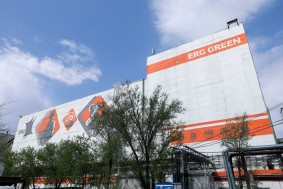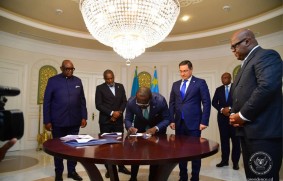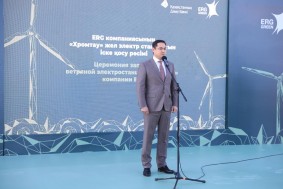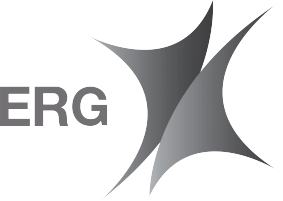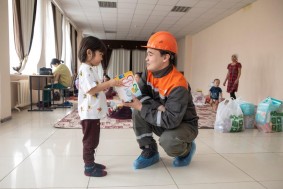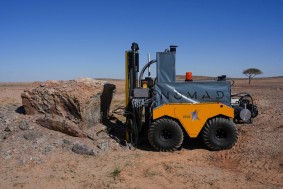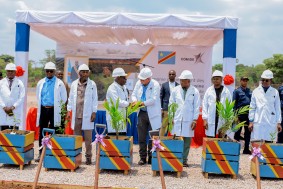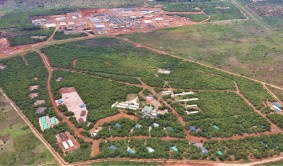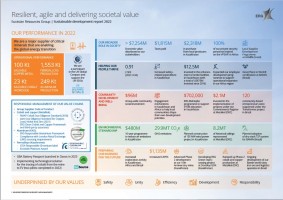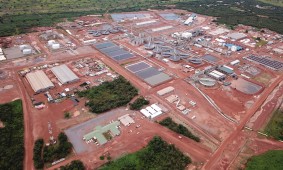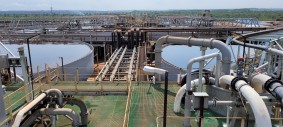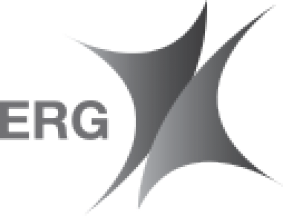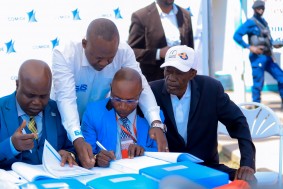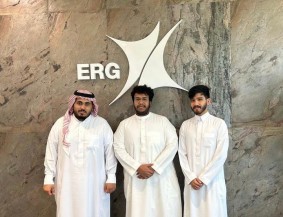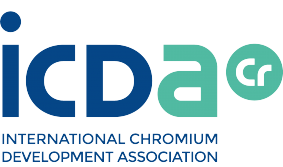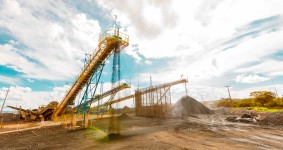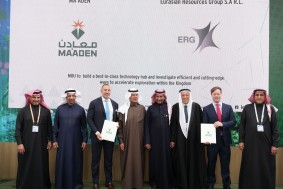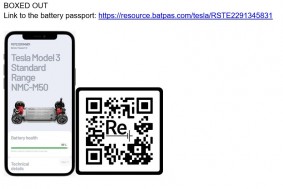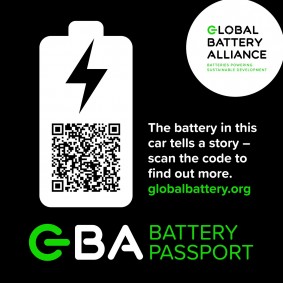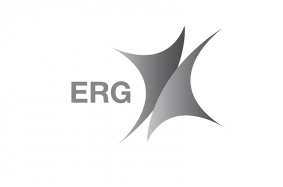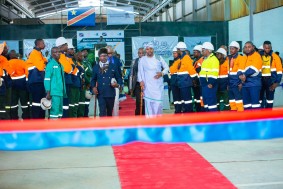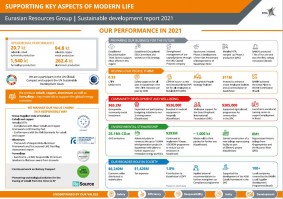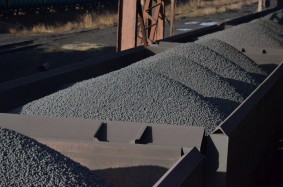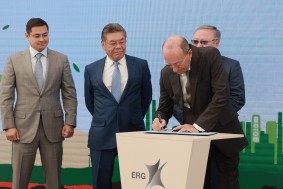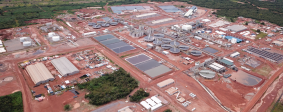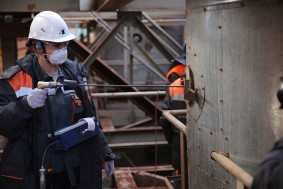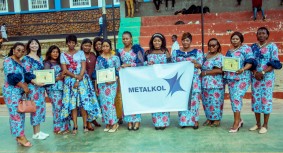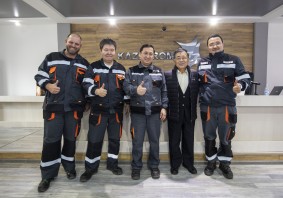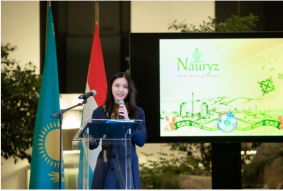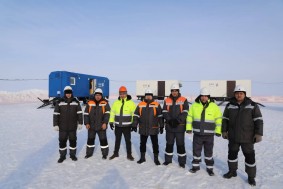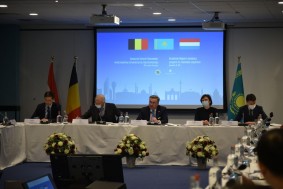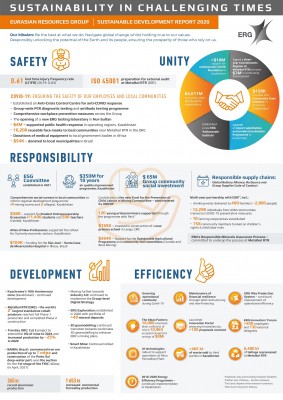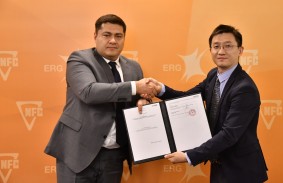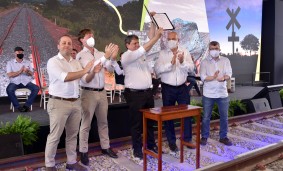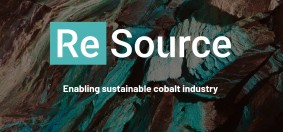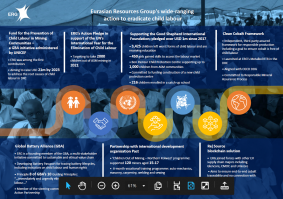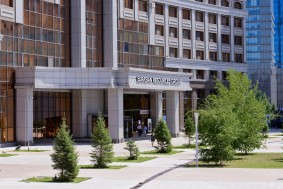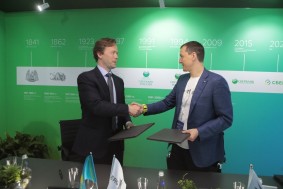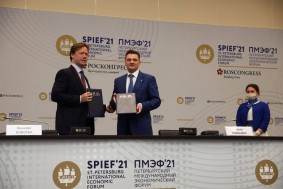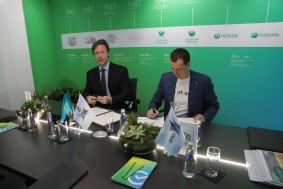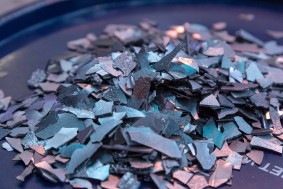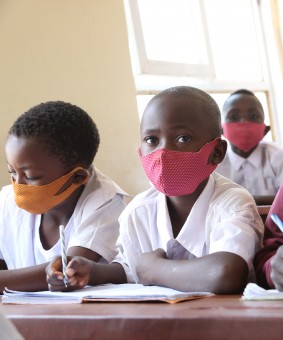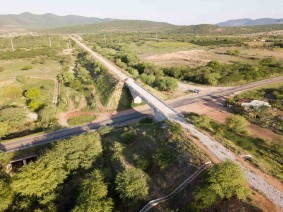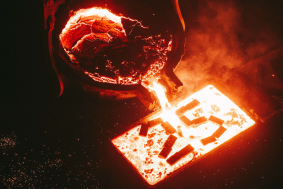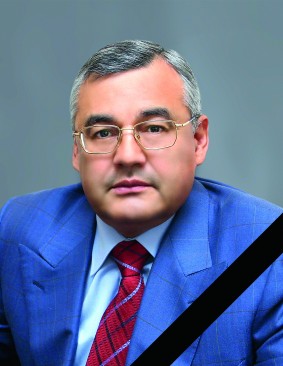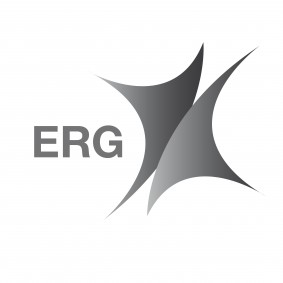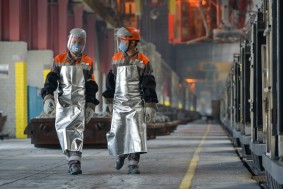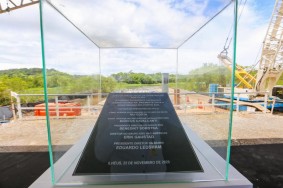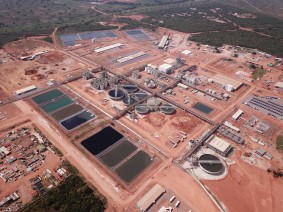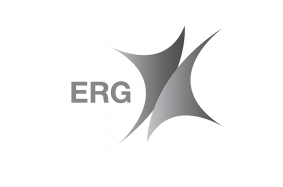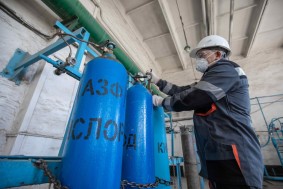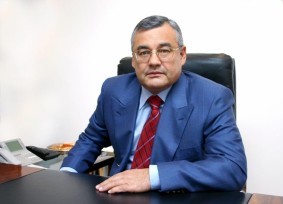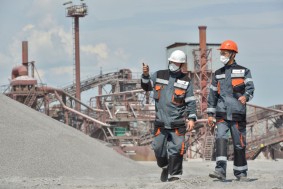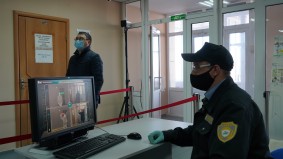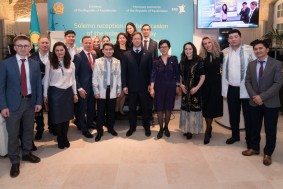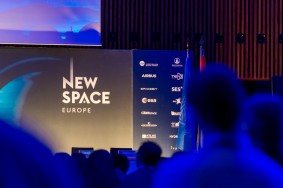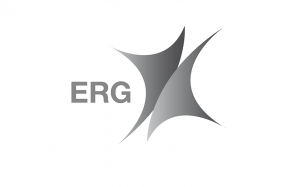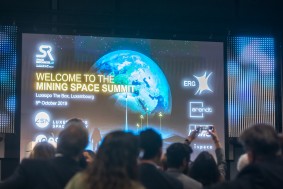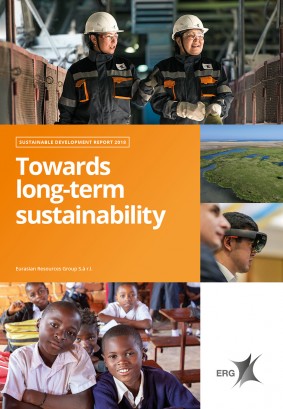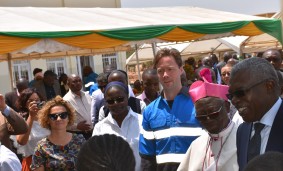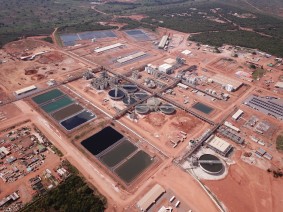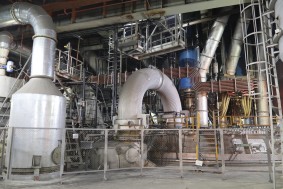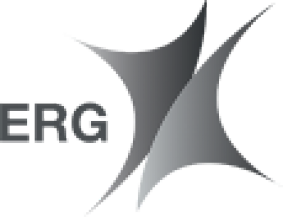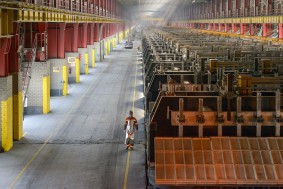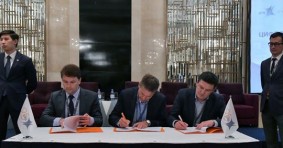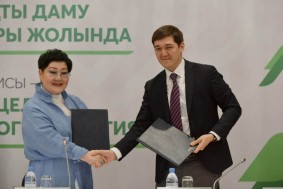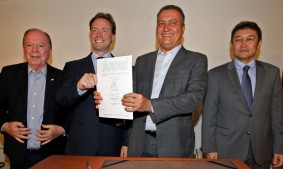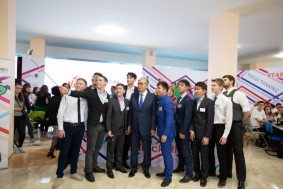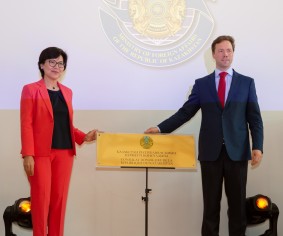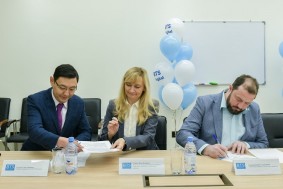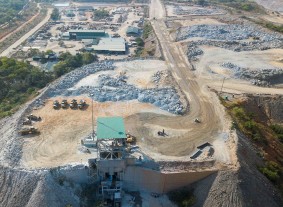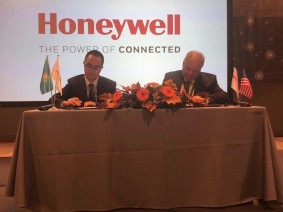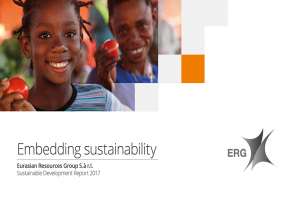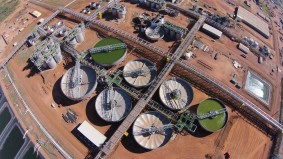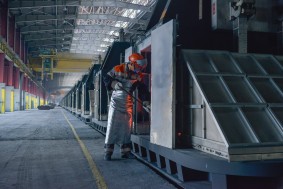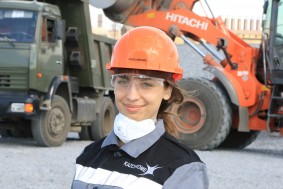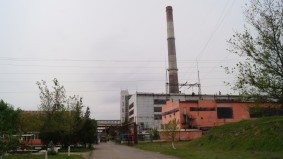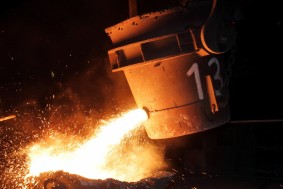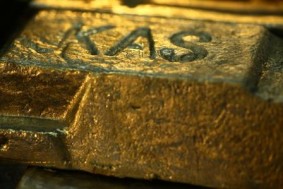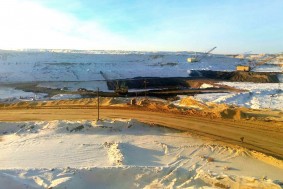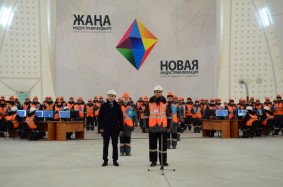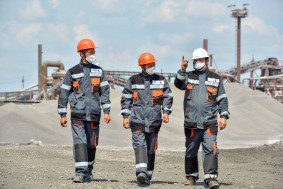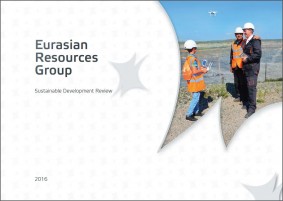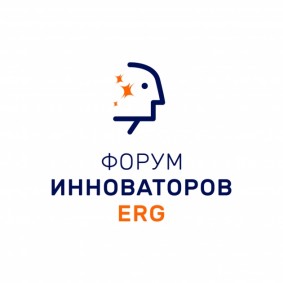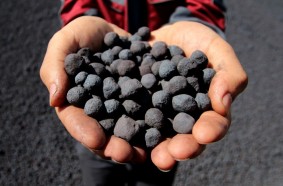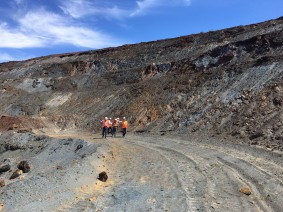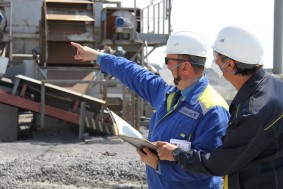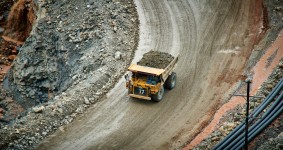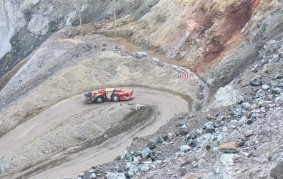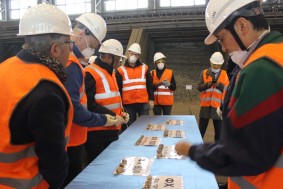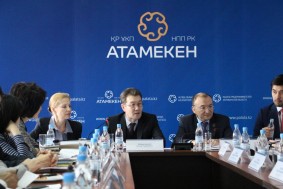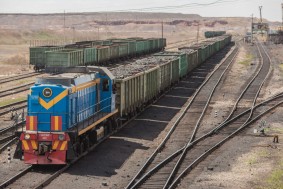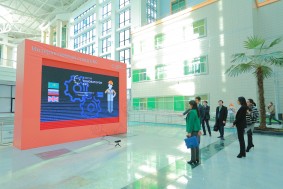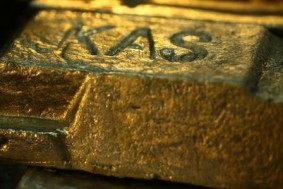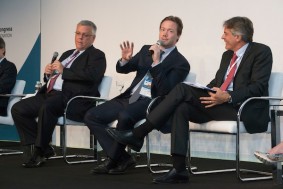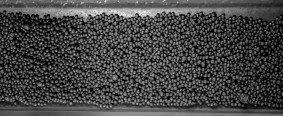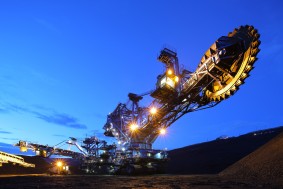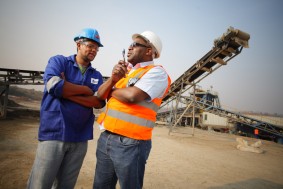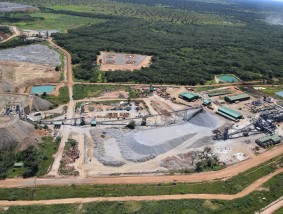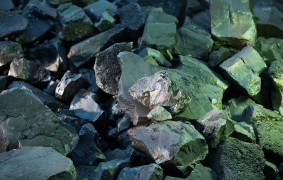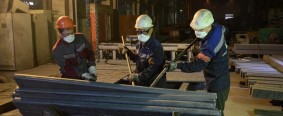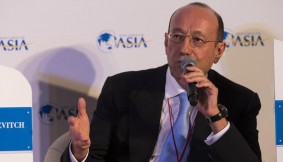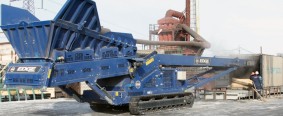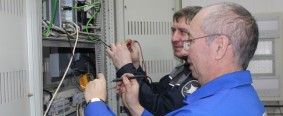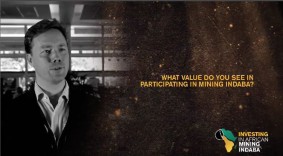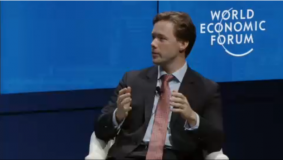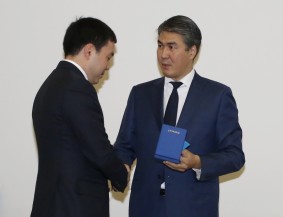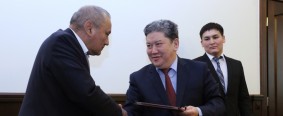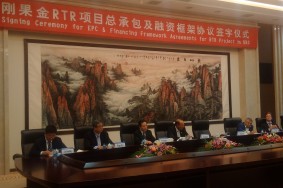Eurasian Resources Group: Metals Markets Undergo Strategic Revaluation; Copper, Aluminium and Chrome Set for Prolonged Deficits; HBI Rises as Green Steel Driver

In view of the London Metal Week, Eurasian Resources Group (“ERG” or “the Group”), a global metals and mining company, shared its latest market outlook across key commodity segments.
Shukhrat Ibragimov, CEO and Chairman of the Board of Managers of Eurasian Resources Group, said: “As the energy transition accelerates and industrialisation gains pace across emerging economies, demand for critical resources such as copper, aluminium, chrome, and green steel is entering a period of sustained structural deficit. In this context, we will continue to strengthen our production lines, maximise capacity utilization, and optimize costs on a systemic level. This approach is part of the new strategy adopted by Eurasian Resources Group at the end of 2024, aimed at investing in core enterprises, moving to mid- and downstream, expanding into higher value-added segments, and creating new production shops - while ensuring the sustainable, consistent growth of operations. The company is committed to responsible investment and innovation to ensure the reliable supply of essential commodities for the global economy of the future.”
Key takeaways:
- Global copper demand is projected to grow by approximately 2.4% YoY in 2025, driven by the global energy transition, grid upgrades, and broader electrification initiatives.
- Over the longer term (2025–2030), copper demand is expected to grow at a CAGR of is 2.4%, supported by rapid industrialization in India and Southeast Asia, as well as continued demand from China.
- Overall the copper market is expected to remain in deficit through at least 2027. Without substantial new investments, this structural supply shortfall is likely to deepen further in the latter half of the decade.
- The current market consensus points to a long-term copper price above USD 10,000 per tonne to incentivize the development of new mining projects.
- Global aluminium prices are forecast to rise by up to 7% YoY in 2025.
- Aluminium is increasingly viewed as an undervalued asset, with the current global surplus in primary aluminium expected to narrow sharply before potentially shifting into deficit.
- No major chrome ore projects are underway outside of South Africa. ERG’s Bolashak mine, currently in ramp-up phase, remains one of the few notable exceptions.
- Global stainless steel production, the primary driver of ferrochrome demand, grew by 6.2% in 2024. In 2025, growth is expected to moderate to 2.4%, reflecting a cooling trend after last year’s stronger expansion. Nonetheless, long-term demand fundamentals remain solid, supported by structural trends such as urbanization, rising middle-class consumption, and sustained industrial demand in the energy and chemicals sectors.
- Iron ore prices have rebounded over the past 2-3 months, recovering from below USD 100/tonne levels, as most crucial downside risks have not materialized.
- HBI projects are attracting renewed strategic interest. According to consensus forecasts, the HBI market is expected to grow at a CAGR of 5-8% over the next decade.
Overall, the recession fears that dominated early 2025 have eased considerably. At the beginning of the year, many exchange-traded commodities, especially copper, came under pressure as investors braced for a potential global slowdown.
Copper, widely regarded as a bellwether for economic health, also reflected those early fears.
However, more recently, some commodity prices have shown positive momentum, not just due to supply-demand factors but also the improving expectations for global growth. For example, last week, benchmark three-month copper price on the LME rose by 3% to US$ 11,000 mark, the highest level since May 2024.
Copper
This year was marked by significant volatility for copper on the LME with prices surging by about 11% in 1Q2025. Early April, following the announcement of new tariff measures from the US administration, prices corrected by roughly 10% from USD 9,800/t to USD 8,800/t. Since then, prices have rebounded, recovering those losses. This has been supported by improving US–China trade relations and tight market supply, including production disruptions at specific mines.
Global copper demand is projected to grow by approximately 2.4% YoY in 2025, driven by the global energy transition, grid upgrades, and broader electrification initiatives.
Over the longer term (2025–2030), copper demand is expected to grow at a CAGR of is 2.4%, supported by rapid industrialization in India and Southeast Asia, as well as continued demand from China.
Global mine output is expected to expand only 0.2% YoY in 2025, largely lagging demand growth. Persistent geopolitical, labor, and environmental challenges in major producing regions (Chile, Peru, Indonesia, Zambia) continue to pose downside risks to capacity additions. Furthermore, elevated levels of copper mine disruptions in recent years have raised market concerns about future supply growth, although copper mine supply growth forecast remained at 2%YoY for 2026.
Overall the copper market is expected to remain in deficit through at least 2027. Without substantial new investments, this structural supply shortfall is likely to deepen further in the latter half of the decade.
The current market consensus points to a long-term copper price above USD 10,000 per tonne to incentivize the development of new mining projects.
Aluminium
This year, according to latest consensus forecasts, global aluminium prices are projected to rise by up to 7% YoY.
In the long term, the outlook for aluminium demand remains strong. Aluminium consumption is closely tied to economic activity, with more than 70% of global use concentrated in construction (25%), transport (23%), electrical applications (12%), and machinery and equipment (10%).
Future demand for aluminium is underpinned by its essential role across several high-growth and promising sectors, including in renewable energy technologies like solar, where it’s the second most-used metal after steel, in the rapid expansion of data centres, in EVs, and in the broader push for lightweight, durable materials across industries - including sustainable packaging.
Aluminium is increasingly viewed as an undervalued asset, with the current global surplus in primary aluminium expected to narrow sharply before potentially shifting into deficit. Citi analysts forecast a deficit of around 1.4 million tonnes – or roughly 2% of primary demand – from 2027 onward.
This outlook is further supported by rising copper prices. According to BHP, the copper-to-aluminium price ratio should be around 3.5-4 times before there is greater substitution to aluminium.
Yet in the short term, rising trade tensions and a broader industrial slowdown can rather exert some downward pressure on the aluminium market.
This includes policy shifts such as the withdrawal of subsidies for new photovoltaic projects in China (World Bank, 2025).
At the same time, on the supply side, growth is also set to ease. China, which is responsible for around 60% of global aluminium production, is approaching a self-imposed cap of 45 million metric tons, introduced in 2017 to limit carbon emissions.
Stainless steel (Ferrochrome)
The global ferroalloys market continues to show mixed dynamics.
The main challenges in the ferrochrome market include high energy costs in South Africa, rising competition from Chinese producers, and ongoing structural issues in supply and trade which should be resolved. There is also an increasing intent globally for diversification of supply chains.
As of now, no major chrome ore projects are underway outside of South Africa. ERG’s Bolashak mine, currently in ramp-up phase, remains one of the few notable exceptions. Production in other regions is declining, worsening global supply tightness.
Chrome ore markets remain structurally tight, as South Africa, which supplies two-thirds of global chrome units, faces persistent supply constraints. These include logistical inefficiencies and a lack of new investment. Policy interventions in South Africa, such as proposed export controls and preferential electricity tariffs, have added some optiism but also increased uncertainty.
In the Chinese market, there have been positive developments, tender prices have recovered all losses incurred earlier this year.
While prices at current levels would typically attract new investment, the market has seen limited response. As a result, market participants increasingly believe that chrome ore prices may need to rise further to incentivize investment and rebalance long-term supply. Until then, the market is likely to remain tight, underpinned by solid demand and unresolved supply-side constraints.
Global stainless steel production, the primary driver of ferrochrome demand, grew by 6.2% in 2024. In 2025, growth is expected to moderate to 2.4%, reflecting a cooling trend after last year’s stronger expansion. Nonetheless, long-term demand fundamentals remain solid, supported by structural trends such as urbanization, rising middle-class consumption, and sustained industrial demand in the energy and chemicals sectors.
China is pivoting toward domestic consumption as its key growth strategy, and the government has doubled down on stimulus on trade-in programs, with “boosting consumption and domestic household spending” declared as the top policy priority in its 2025 Government Work Report.
Additionally, China's automotive market recorded 11% growth in both production and sales in Q2 2025, Continued policy support aimed at stimulating car consumption has enhanced market quality, encouraged new product launches, and boosted consumer confidence.
Iron ore
Iron ore prices have rebounded over the past 2-3 months, recovering from below USD 100/tonne levels, as most crucial downside risks have not materialized, while overall fundamentals suggest broadly balanced seaborne market.
China’s demand, also from infrastructure stimulus, continues to grow, yet there are also seasonal factors, moreover the recently announced US plans for 100% tariff on Chinese goods can put the iron ore market under an increased pressure.
In the meantime, we see some upside risks for the next 2-3 years emerging, including delayed supply additions from majors, restart of Chinese stimulus in terms of the new 5-year plan, and expanding construction and infrastructure steel demand in emerging regions.
Some of the key expansion projects in the iron ore market face multiple challenges and now don’t seem to be able to reach full capacity before 2028-29. In the meantime, China may put more efforts to support domestic demand as part of their 5-year plan, including in steel-intensive infrastructure and construction sectors. In the coming years steel demand from those two sectors is also expected to see moderate-to-high growth rates in emerging markets in Asia and Middle East.
HBI projects are seeing another surge in strategic interest, as leading industry players position themselves at the forefront of green steel innovation and accelerate their decarbonization pathways. According to consensus forecasts, the HBI market is expected to grow at a CAGR of 5-8% over the next decade.

